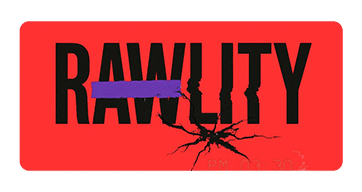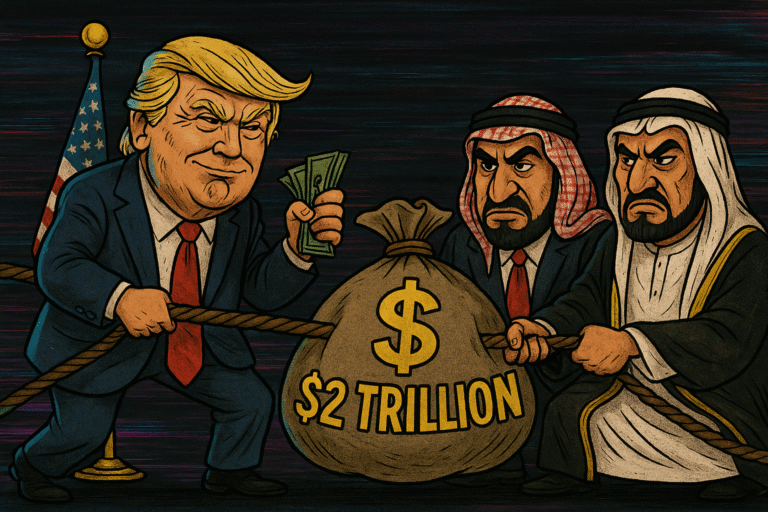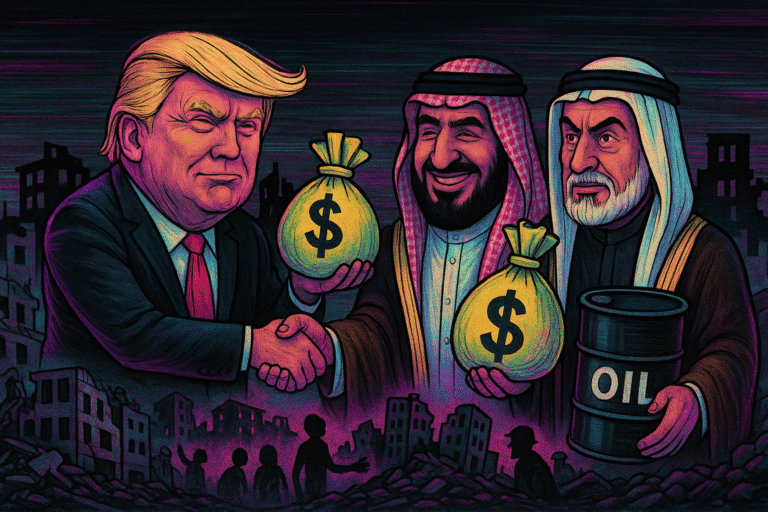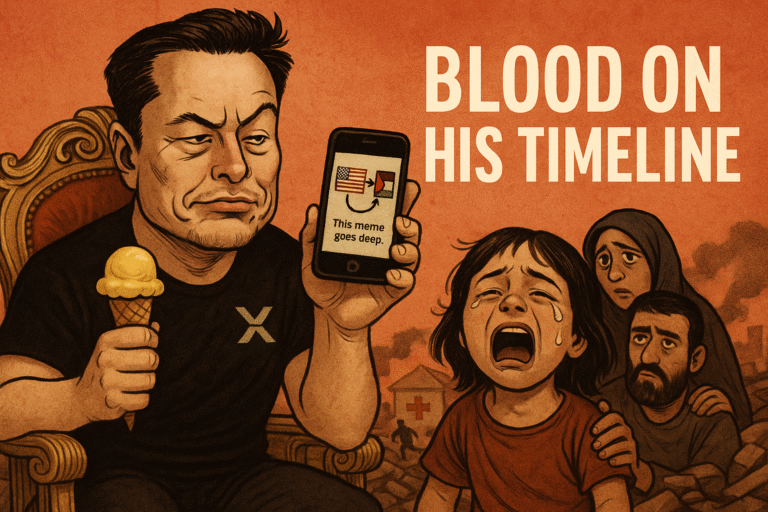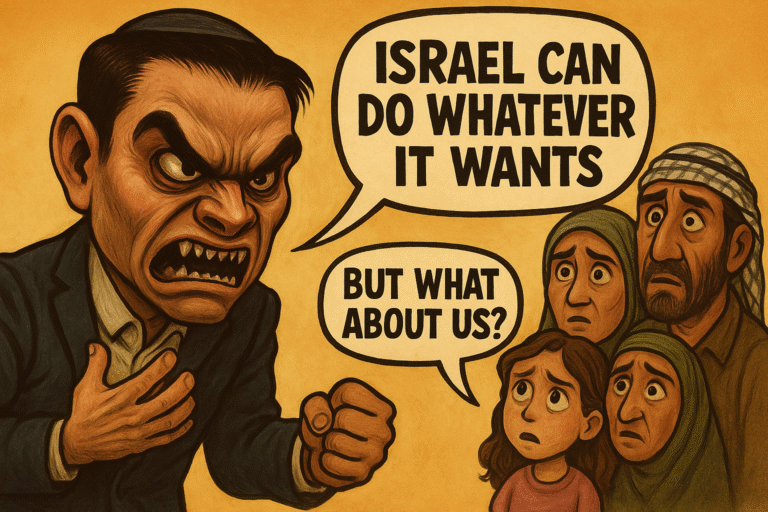
Let’s cut to the chase: the hijab oppression narrative is the most successful PR campaign Western media ever manufactured. A piece of cloth millions of women wear has somehow become both a symbol of oppression AND a threat to Western civilization. Talk about multitasking!
What you’re about to read will change how you see all those news stories about “oppressed women in Hijabs.” This isn’t just another opinion—it’s the exposé Western media worked overtime to sell as truth.
Who Decided Hijabs Were Evil, Anyway?
Ever wonder how a piece of cloth worn by millions of women worldwide became so damn controversial? It’s not about the scarf. It’s about who gets to control the story.
Nobody who actually wears a hijab came up with this “symbol of oppression” nonsense. It was cooked up by people who needed a quick visual for “women we need to save” and “scary foreigners” all wrapped up in one convenient package.
This hijab hysteria works for everyone except the women wearing them. Right-wing politicians get to scare voters about the “Muslim invasion.” White feminists get to feel superior without doing any actual work. News outlets get clickbait gold. Everyone wins—except, you know, actual Muslim women who want to wear the hijab and not being tormenteted about it.
The Colonial Roots Nobody Mentions
Here’s the hypocritical backstory: today’s hijab panic is just colonialism with better marketing. When European powers colonized Muslim-majority regions, they didn’t just take land and resources—they also attempted to remake cultural norms in their own image.
When the French took over Algeria, they weren’t just after land and oil. They wanted to remake the culture in their image. They didn’t just see the veil as a cultural difference; they viewed it as an obstacle to colonial control. They literally held unveiling ceremonies where they ripped off women’s headscarves for the cameras and called it “liberation.” Historian Neil MacMaster documented this in his research on colonial Algeria, showing how the French made unveiling a public spectacle to demonstrate their “civilizing mission.”
Fast forward to today: France’s obsession with controlling Muslim women’s clothing still runs deep —banning face coverings, prohibits hijabs in schools, blocks mothers in headscarves from chaperoning field trips, and freaks out about “burkinis” on beaches—all to “free” Muslim women.
Same racist script, different century.
In her book Women and Gender in Islam, Dr. Leila Ahmed does argue that European colonial powers — especially the British and French — used feminist language (like “saving Muslim women”) to justify colonial domination over Muslim societies.
She explained that colonialism weaponized feminism as part of their so-called “civilizing mission” — meaning they pretended to fight for women’s rights while actually reinforcing their own power. The hijab panic isn’t new—The hijab panic isn’t new — its symbol is simply the modern version of this centuries-old tactic.
The Double Standard No One Should Defend
Here’s a question worth pondering: Why is it considered empowering when a woman chooses to wear revealing clothing but oppressive when she chooses to cover up? The hijab oppression symbol narrative can’t provide a logically consistent answer.
In our society, a woman can wear almost nothing on Instagram and be celebrated for “owning her sexuality.” She can undergo painful cosmetic procedures to meet beauty standards and be praised for “investing in herself.” But the moment she puts on a headscarf for religious reasons, suddenly everyone’s concerned about oppression.
The truth is uncomfortable but clear: the hijab oppression symbol exists because we apply different standards to different women based on their religion and culture. We celebrate certain expressions of womanhood while pathologizing others. And we do this while claiming to support “women’s choices”—just not those particular choices.
The Women Nobody Actually Asks
The wild part about the endless hijab debate? Almost nobody bothers to ask the women wearing them what they think. And mind you, I’m not talking about ones who wore it, hated it—I’m talking about ones who willingly chose it.
Believe it or not, some women actually want to wear the hijab. Some wear it for religious reasons. Some wear it as a feminist rejection of beauty standards and objectification. Some wear it as a middle finger to Western expectations. Some appreciate the sense of cultural identity it provides. Sometimes all of the above. Many simply see it as a normal part of their religious practice, no more oppressive than a Jewish man wearing a kippah.
But instead of these diverse voices, we get opinions from politicians who’ve never worn hijab, commentators who couldn’t find Mecca on a map and rely on a distorted idea of Islam, and “experts” whose research consists of watching Fox News, who’ve never bothered to have meaningful conversations with the women they’re analyzing. Oh, and if they’re finally gonna give a Muslim woman the mic to speak, you best believe she’ll be one who’s felt oppressed in her mother’s womb and had to escape her “oppressive” Muslim household and currently wants to give us a tell-all, so tune in.
The hijab oppression symbol narrative persists partly because it’s easier to talk about Muslim women than to talk with them. It’s easier to project assumptions onto a silent symbol than to engage with the messy, complex reality of diverse women with their own thoughts, values, and agency.
The Selective Outrage That Exposes the Agenda
If the concern behind the hijab oppression symbol narrative was genuinely about women’s freedom, it would be applied consistently across all religions and cultures. But it isn’t.
No one organizes protests against Amish women’s head coverings. No one writes op-eds demanding that Orthodox Jewish women remove their wigs and modest clothing. No one claims that Catholic nuns are brainwashed victims of patriarchy for covering their hair.
The selective outrage surrounding the hijab oppression symbol reveals that the issue isn’t modesty or religious dress itself—it’s specifically about Islam and Muslims.
This selective concern extends beyond religion to politics as well. The same Western governments that express concern about the hijab oppression symbol have friendly relationships with countries that enforce strict dress codes on women. The hijab becomes a convenient symbol of oppression only when it serves political purposes.
The Real Harm Behind The Fake Concern
While everyone debates whether hijabs are symbols of oppression, real women wearing them face actual, documented oppression:
Muslim women in hijab are 76% less likely to get job interviews in many Western countries, according to multiple field studies where identical resumes were sent out with and without hijab-indicating photos. In France, a 2019 study found women with Arabic names who wore hijabs in their application photos had to send 71% more resumes to get the same callbacks as women without hijabs.
The harassment is equally real. In the UK, Tell MAMA (Measuring Anti-Muslim Attacks) reports that 58% of all street-based anti-Muslim hate crimes target women, most visibly identifiable by their hijabs. In Germany, government data shows attacks on visibly Muslim women increased by 40% between 2019 and 2022.
Physical assaults happen regularly. In Canada, the fatal 2021 attack in London, Ontario targeted a Muslim family out for a walk, killing four people. In France, pregnant hijabi women have been assaulted in public, with attackers specifically trying to remove their headscarves.
The cruel irony? This discrimination happens in the name of “fighting oppression.” Like, how are you against the oppression of Muslim women if you are the one oppressing Muslim women?
Politicians vote for hijab bans while claiming to “liberate” the very women they’re excluding from public life. The real oppression isn’t the scarf—it’s the treatment women receive for wearing it.
Moving Beyond The Nonsense
If we genuinely care about women’s freedom—all women’s freedom—we need to:
Actually listen to Muslim women. They don’t need saving—they need basic respect.
Apply the same standards to everyone. Religious freedom can’t just be for religions we’re comfortable with.
Question who benefits from the “oppressed hijabi” story. Follow the money, votes, and clicks.
We need to recognize that the hijab oppression symbol narrative persists because it serves multiple agendas simultaneously. For right-wing politicians, it’s a convenient way to stoke fear of the “Muslim threat.” For certain strains of Western feminism, it provides an easy moral high ground. For media outlets, it delivers compelling, simplistic stories that drive engagement. Everyone wins—except, of course, the actual women being discussed.
A Challenge to Do Better
The next time you encounter the hijab oppression symbol narrative—whether in a news article, political speech, or casual conversation—I challenge you to question it.
Ask yourself: Next time you encounter a story about “oppressed women in hijabs,” ask yourself:
Who’s telling this story and why? What do they know about the women they’re discussing? Whose voices are missing? Who profits from this narrative?
The hijab panic continues because it’s simple and confirms what many want to believe. But women’s lives aren’t simple, and their choices don’t exist to make us comfortable.
The problem was never the hijab. The problem is a society that can’t handle Muslim women practicing their faith visibly and unapologetically. The attacks on hijab are just the most visible symptom of a deeper discomfort with Islam itself. When a society claims to value religious freedom but only for religions it’s comfortable with, the issue isn’t women’s clothing—it’s Islamophobia dressed up as concern.
What assumptions about the hijab have you questioned lately? Ever had an actual conversation with Muslim women about their experiences?
💬 Drop your thoughts below—let’s have the conversation media won’t.
